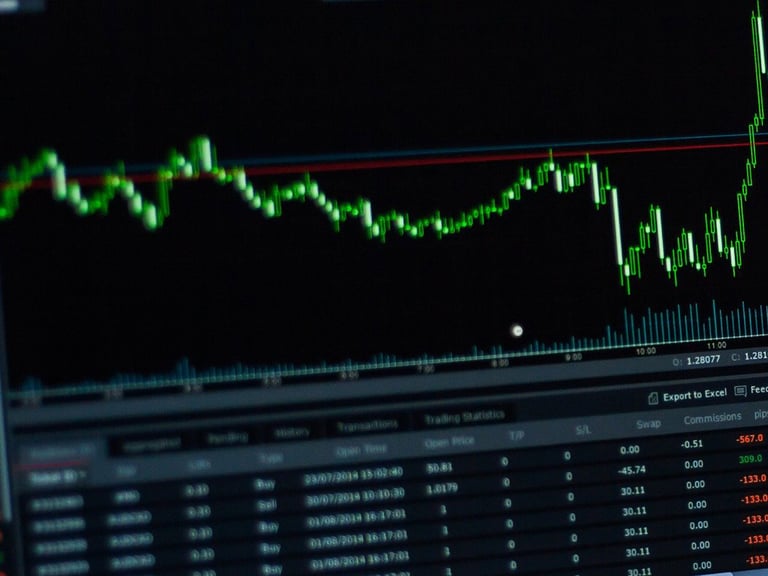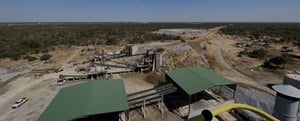For investors with a keen eye on the hospitality sector, RLJ Lodging Trust (NYSE: RLJ) presents an intriguing opportunity. As a self-advised real estate investment trust (REIT), RLJ specializes in premium-branded, rooms-oriented hotels, strategically positioned in urban centers across the United States. With a market capitalization of $1.22 billion, RLJ’s portfolio of 95 hotels is designed to capture demand from diverse travel segments, making it a noteworthy player in the real estate sector.
Currently trading at $8.02, RLJ’s stock has seen a 52-week range from $8.02 to $11.96. While the recent price dip of 0.02% might give pause, the potential upside tells a different story. Analyst ratings suggest a target price range between $9.75 and $12.00, with an average target of $10.97, hinting at a potential upside of 36.77%. This figure could be an attractive proposition for investors willing to navigate the complexities of the hotel and motel REIT industry.
Evaluating RLJ’s valuation metrics reveals some atypical figures. The company’s forward P/E ratio stands at a high 104.60, which may raise eyebrows. This high ratio often reflects expectations of future earnings growth or a period of earnings volatility. However, traditional valuation metrics like PEG, Price/Book, and EV/EBITDA are not available, which necessitates a closer examination of other financial health indicators.
The company’s performance metrics provide some insights. RLJ has reported a modest revenue growth of 3.30% and an EPS of 0.27, with a return on equity of 2.93%. Notably, RLJ’s free cash flow is a robust $272.78 million, which could be pivotal in sustaining operations and funding dividends.
Speaking of dividends, RLJ offers a compelling dividend yield of 7.48%, a significant draw for income-focused investors. However, the payout ratio of 185.19% suggests that RLJ is paying out more in dividends than it earns, a situation that warrants careful scrutiny. This high payout ratio could potentially impact the sustainability of future dividends unless offset by improved earnings or strategic reinvestment.
Analyst sentiment towards RLJ is mixed, with three buy ratings, five hold ratings, and two sell ratings. The divergence in opinion reflects the broader uncertainties in the hospitality sector, heavily influenced by economic cycles and travel trends. Nevertheless, RLJ’s strategic positioning in urban markets with diverse demand drivers could provide resilience against sector downturns.
From a technical analysis perspective, RLJ’s stock is trading below both its 50-day and 200-day moving averages, at $9.33 and $9.50, respectively. This could be indicative of a bearish trend. Additionally, the RSI (14) is at 33.16, approaching oversold territory, which could signal a potential buying opportunity for contrarian investors. Meanwhile, the MACD and Signal Line indicators suggest a continuation of the current downward momentum.
For investors considering RLJ Lodging Trust, the decision hinges on balancing the attractive dividend yield and potential upside with the inherent risks of the hospitality sector and the company’s financial metrics. The urban-centric portfolio and diverse demand generators provide a foundational strength, but careful attention to earnings performance and dividend sustainability will be essential for those looking to capitalize on RLJ’s potential.
The information in this article should not be taken as advice. Readers should conduct their own due diligence and seek independent financial advice before making any investment decisions.





































